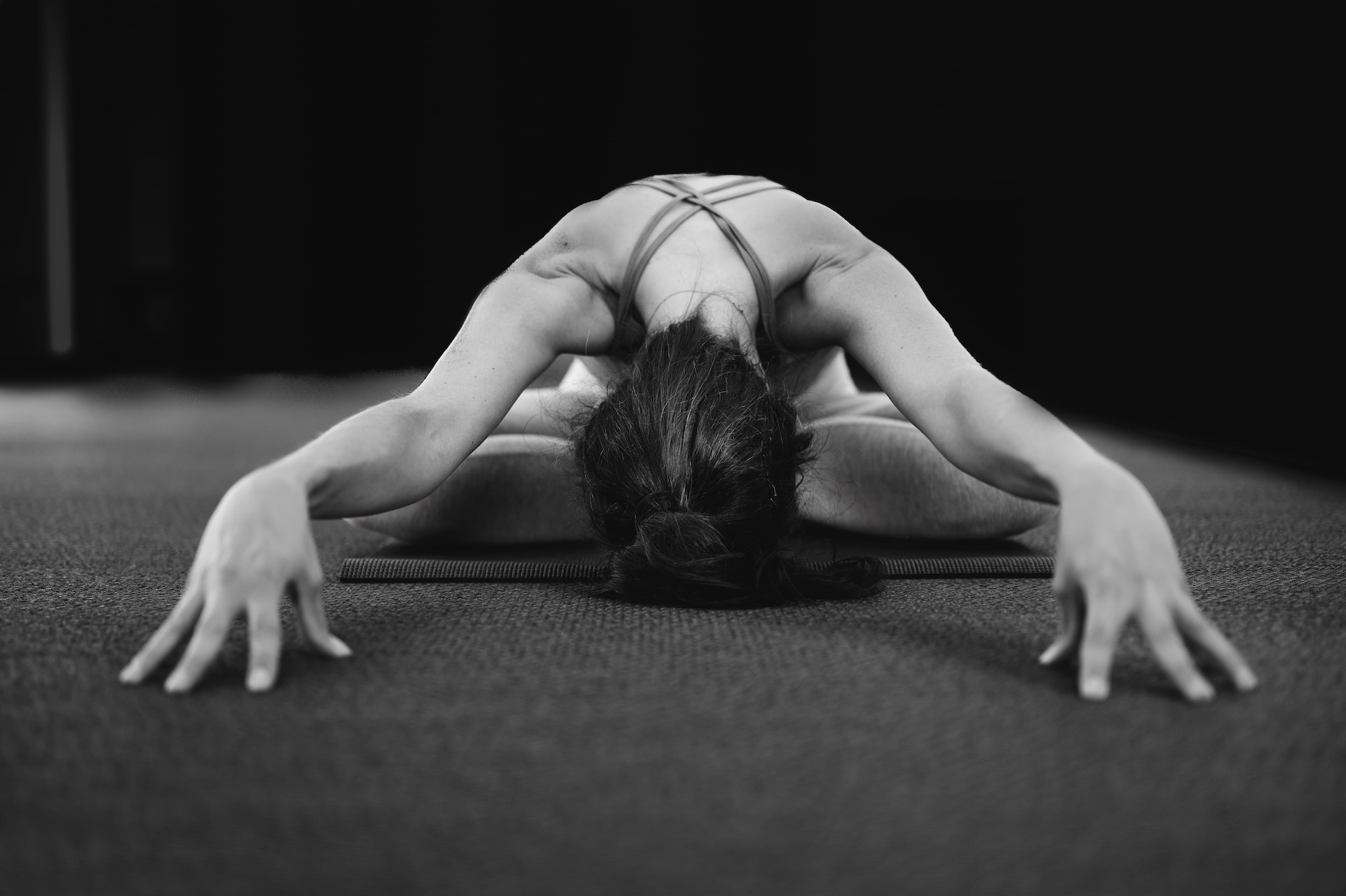
23 Dec Relax and Restore: Maximizing your Break Times
Ballet is more than just art, it’s a full athletic experience that can quickly drain your physical and even mental energies. Understanding that and recognizing that intense rehearsals can create tension in your body, take advantage of any downtime you have between them so you can rest and recharge. BFW shares five excellent suggestions to make the best of those break times:
Active Rest
Try this: Lay down in a semi-supine position (on the back with the knees bent, and feet flat on the floor a little wider than shoulder-width) Let the knees fall toward each other until they touch.
The Benefit: It gives your deep lateral rotators a break from constantly turning out. It also promotes good spinal alignment and the release of excess tension. It is referred to as constructive rest, semi-supine, or the “Alexander Life Down.”
Inner Core Breathing
Try this: Lie in constructive rest, and take a few minutes to focus on the inhaling and exhaling of your breath. Let your belly expand as you inhale and hollow as you exhale. Imagine all the cells in your body are growing and shrinking.
The Benefit: It is common for many ballet dancers to breathing in a shallow way since they are constantly holding their abs in. Concentrating on deep breathing grounds the body and the mind, and also encourage greater mobility.
Psoas Stretch
Try this: Find a raised platform (like a sturdy desk, bench or therapy table) and lie on it with your sit bones lined up with the edge. To stretch your right psoas, lift your right leg straight up toward the ceiling. At the same time, hug your left knee into your chest toward your right shoulder. Slowly lower your right leg until it hangs off the platform and you feel a stretch in the front of that hip. Hold for 30 seconds and switch sides.
The Benefit: The psoas (pronounced so-az) muscle resides in the body’s pelvic region, connecting the lower back to the upper thigh. Movements like battement and développé devant and à la seconde constantly engage your psoas muscle to lift your leg. Using your break time to stretch is a great workout for lengthening it.
TFL Lying Twist
Try this: The right tensor fasciae latae, or TFL, can be stretched by lying on your back and hooking your left ankle over your right thigh. Drop both knees diagonally to your left. Arc your right arm up along the floor and turn your head toward it, creating a spiral from your arm all the way through your head, spine and down to your knees. Hold for 30 seconds and switch sides.
The Benefit: If you’re dancing contemporary repertoire, your TFL probably needs some TLC. It helps stabilize the pelvis and lifts the leg to the side. It’s been noted that some dancers will use the TFL, instead of the psoas, to achieve more extreme extensions.
Legs Up a Wall
Try this: Lie on your back with your sit bones against a wall and your legs straight up against it, so your body forms a right angle. Do not arch the spine or tuck under.
The Benefits: This position helps promote circulation in tired legs, and it also provides relief from movements like an arabesque. This can serve as a good recuperation exercise since ballet calls often on extending the hip joint.
